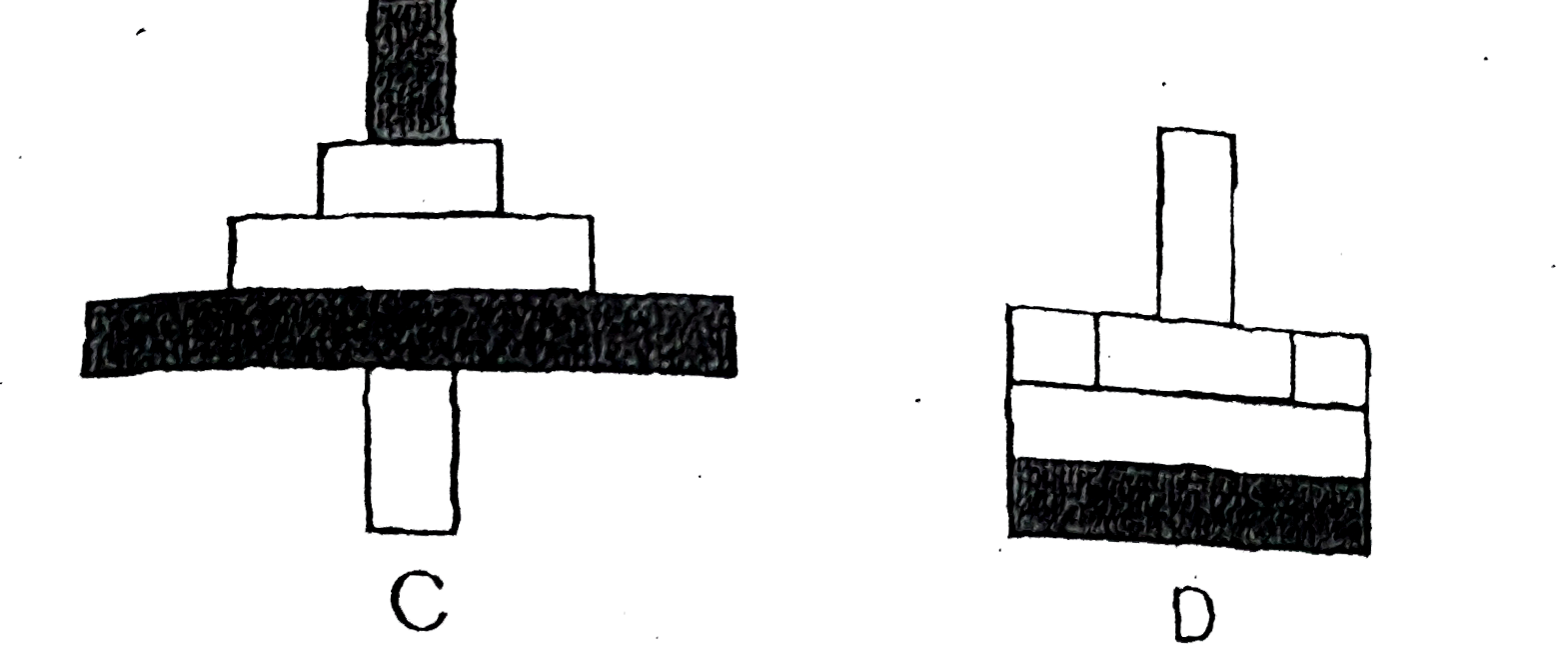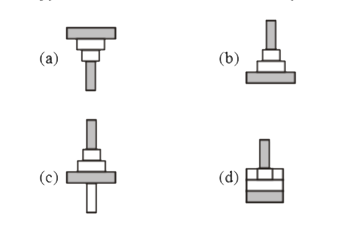Pyramid of number for forest ecosystem is
upright
inverted
spindle - shaped
Both (a) and (b)
The correct Answer is:A
Step-by-Step Solution:
1. Understanding the Pyramid of Numbers: The Pyramid of Numbers is a graphical representation that shows the number of organisms at each trophic level in an ecosystem. It helps to visualize the population count of different organisms.
2. Identifying Trophic Levels in a Forest Ecosystem:
- Producers (First Trophic Level): In a forest ecosystem, the producers are primarily green plants (trees, shrubs, etc.). They form the base of the pyramid and have the highest population.
- Primary Consumers (Second Trophic Level): These are herbivores that feed on the producers. In a forest, common examples include deer and other herbivorous animals. Their population is lower than that of the producers.
- Secondary Consumers (Third Trophic Level): These are carnivores that feed on the primary consumers. In a forest ecosystem, this includes animals like tigers and other predators. Their numbers are even lower compared to the herbivores.
3. Shape of the Pyramid: In a forest ecosystem, the number of producers is significantly higher than that of primary consumers, which in turn is higher than that of secondary consumers. This results in a pyramid shape that is upright, with the broad base representing the large number of producers and the narrow top representing the fewer number of top predators.
4. Conclusion: Therefore, the Pyramid of Numbers for a forest ecosystem is upright. The correct answer is option A: Upright.
---
- Producers (First Trophic Level): In a forest ecosystem, the producers are primarily green plants (trees, shrubs, etc.). They form the base of the pyramid and have the highest population.
- Primary Consumers (Second Trophic Level): These are herbivores that feed on the producers. In a forest, common examples include deer and other herbivorous animals. Their population is lower than that of the producers.
- Secondary Consumers (Third Trophic Level): These are carnivores that feed on the primary consumers. In a forest ecosystem, this includes animals like tigers and other predators. Their numbers are even lower compared to the herbivores.
Topper's Solved these Questions
- BOOK - ARIHANT NEETCHAPTER - ECOSYSTEMEXERCISE - Exercises B Medical entrances special format questions (Statement based questions )7videos
ECOSYSTEM
- BOOK - ARIHANT NEETCHAPTER - ECOSYSTEMEXERCISE - Exercises B Medical entrances special format questions (Match the columns)3videos
ECOSYSTEM
- BOOK - ARIHANT NEETCHAPTER - ECOSYSTEMEXERCISE - Check point 24.320videos
ECOSYSTEM
- BOOK - ARIHANT NEETCHAPTER - DIGESTION AND ABSORPTION EXERCISE - Chapter Exercise Medical entrance s gallery87videos
DIGESTION AND ABSORPTION
- BOOK - ARIHANT NEETCHAPTER - ENVIRONMENTAL ISSUESEXERCISE - Chapter exercises ( C) Medical entrances gallery (Collection of Questions Asked in NEET & in Various Medical Entrance Exams)97videos
ENVIRONMENTAL ISSUES
Similar Questions
Knowledge Check
- Question 1 - Select One
Which of the following representations shown the pyramid of number in a forest ecosystem ?
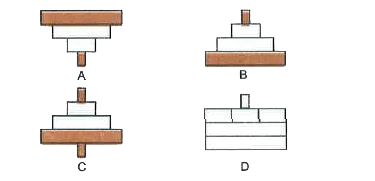 A
A B
B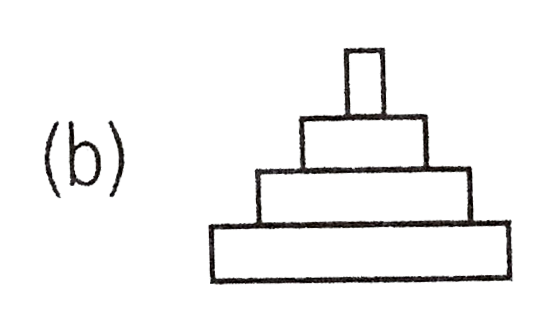 C
C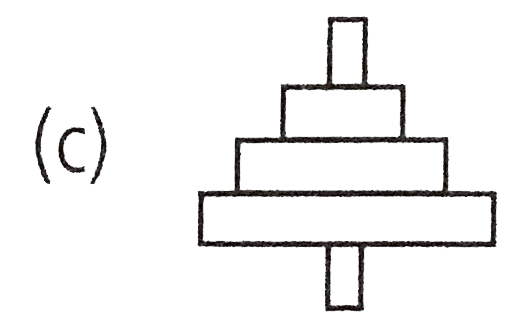 D
D
- Question 2 - Select One
Which of the following representations shows the pyramid of number in a forest ecosystem ?
 A
A B
B C
C D
D
- Question 3 - Select One
Which of the following representations shows the pyramid of numbers in a forest ecosystem?
A B
B C
C D
D
Pyramid of numbers in pond ecosystem is inverted.
View SolutionThe pyramid of energy in a forest ecosystem is:
View SolutionThe pyramid of energy in a forest ecosystem is:
View SolutionPyramid of number in a pond ecosystem is
View SolutionThe ecological pyramid of numbers in pond ecosystem is:
View Solution



